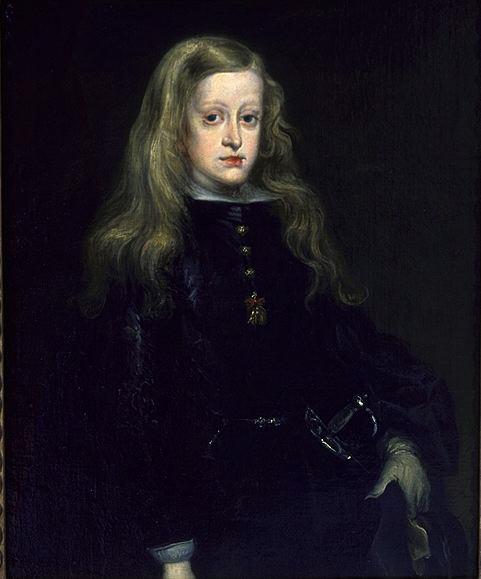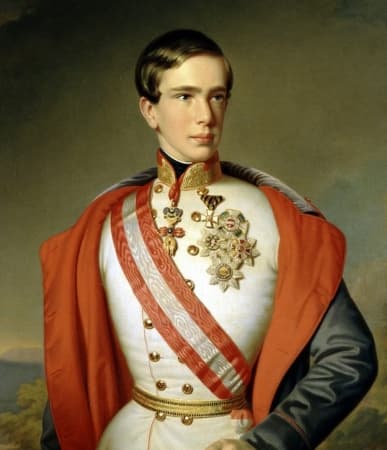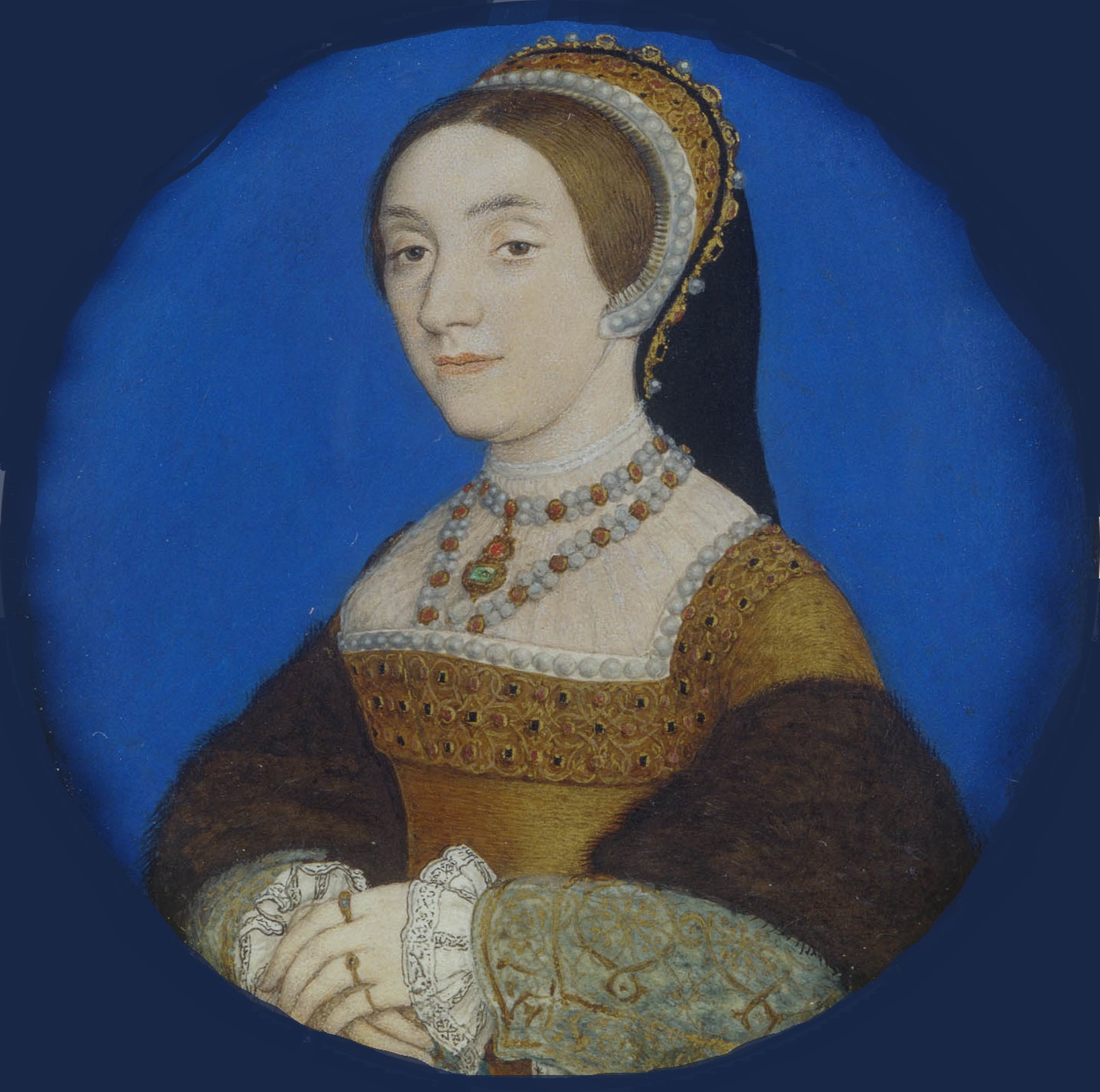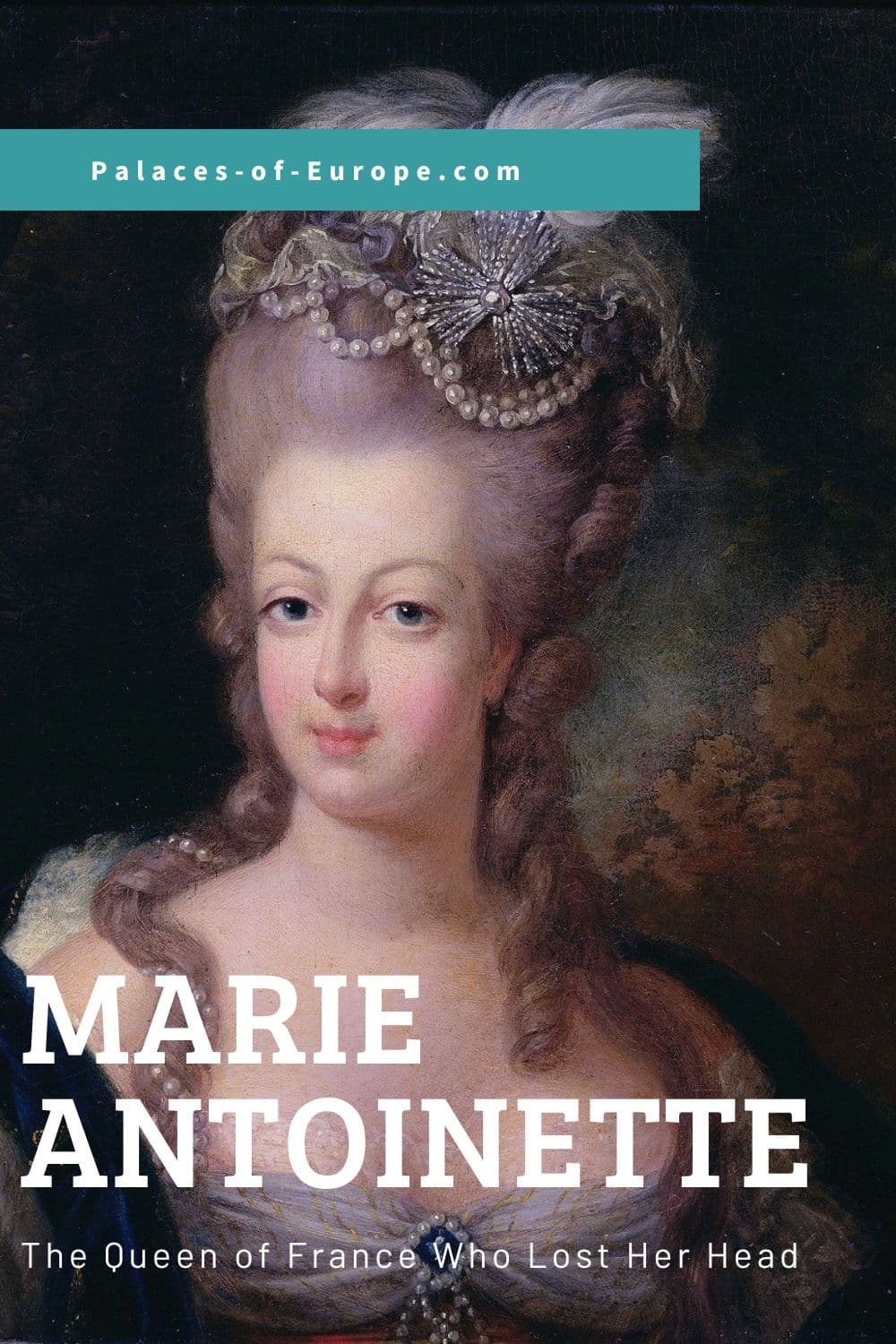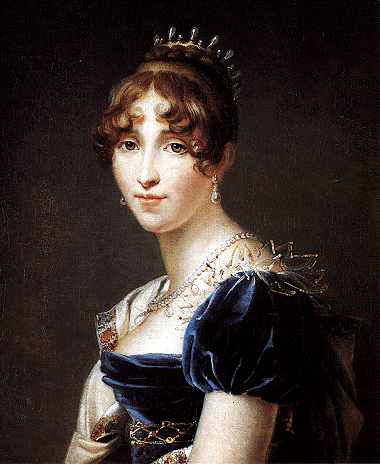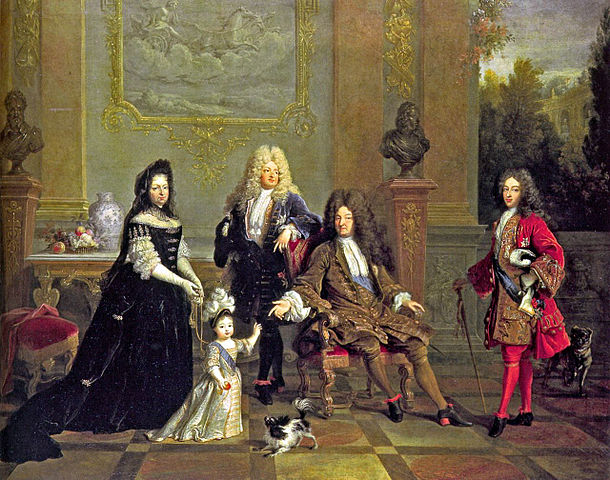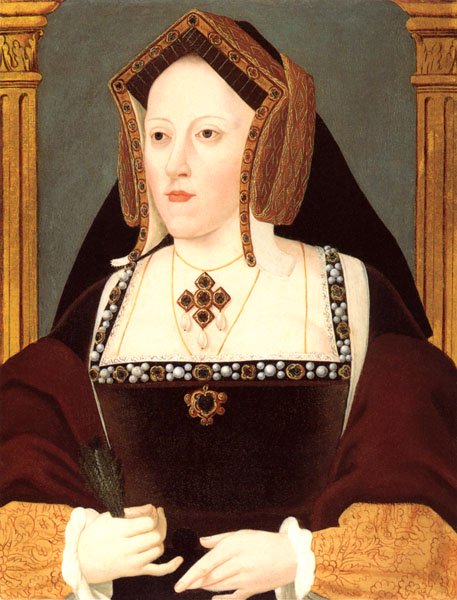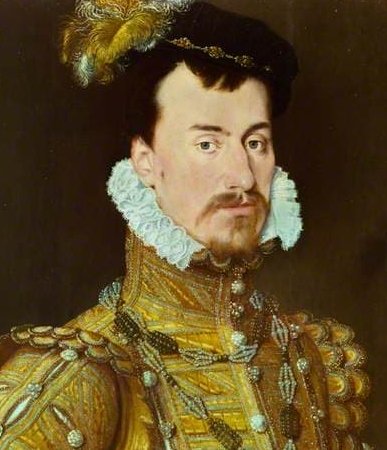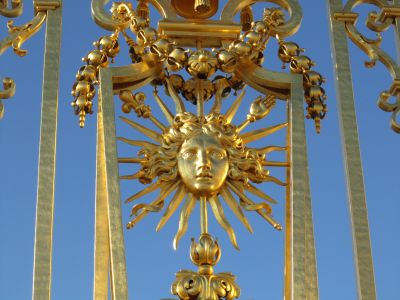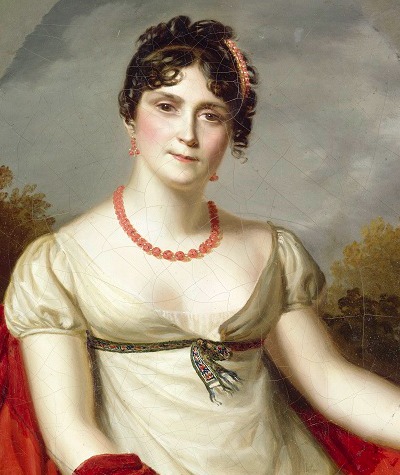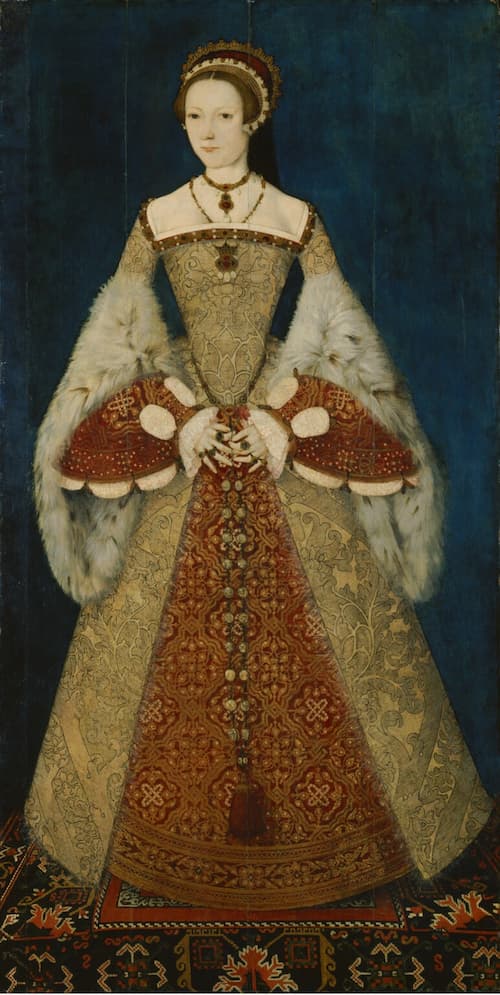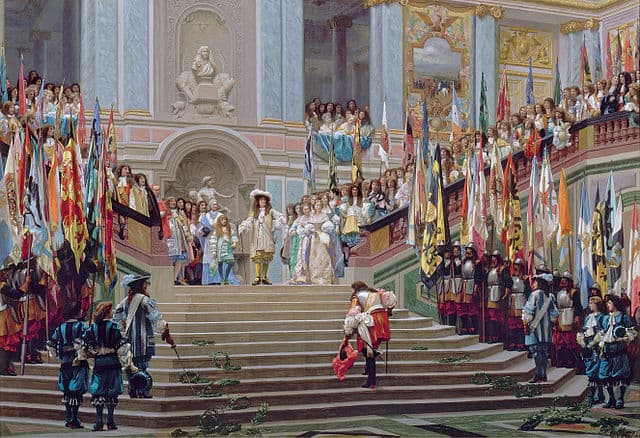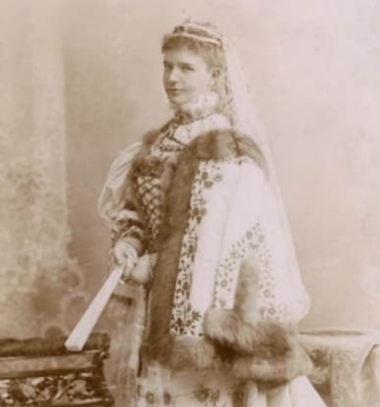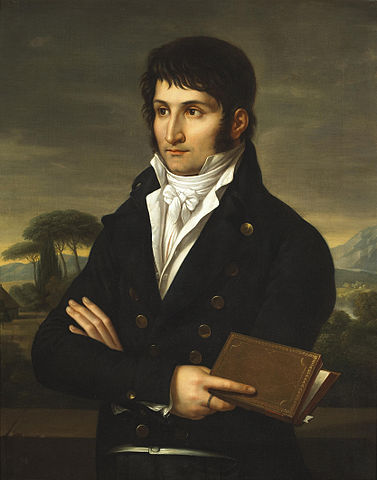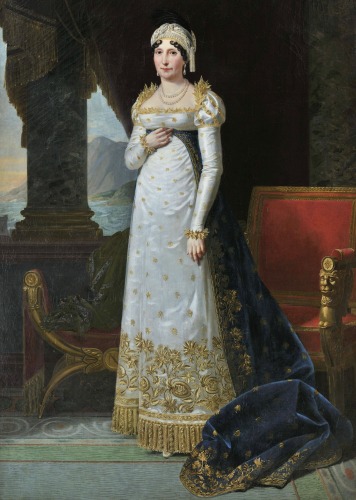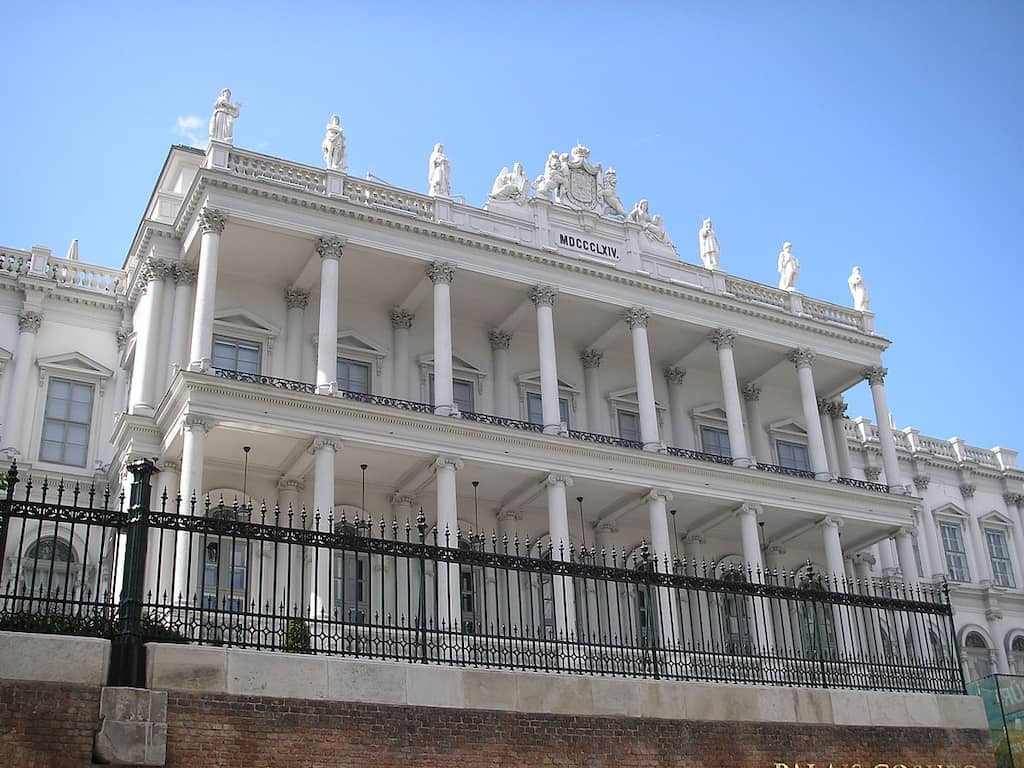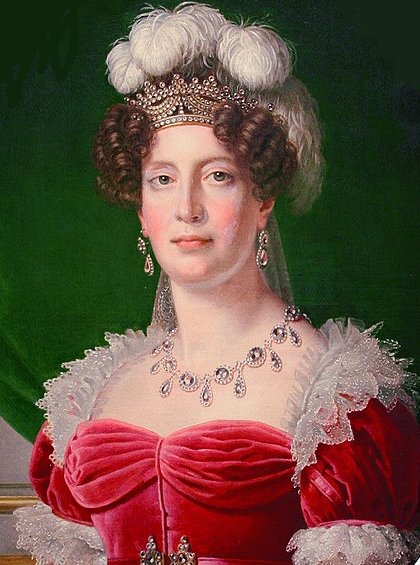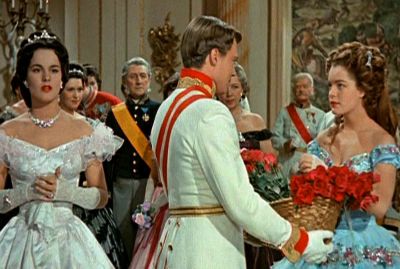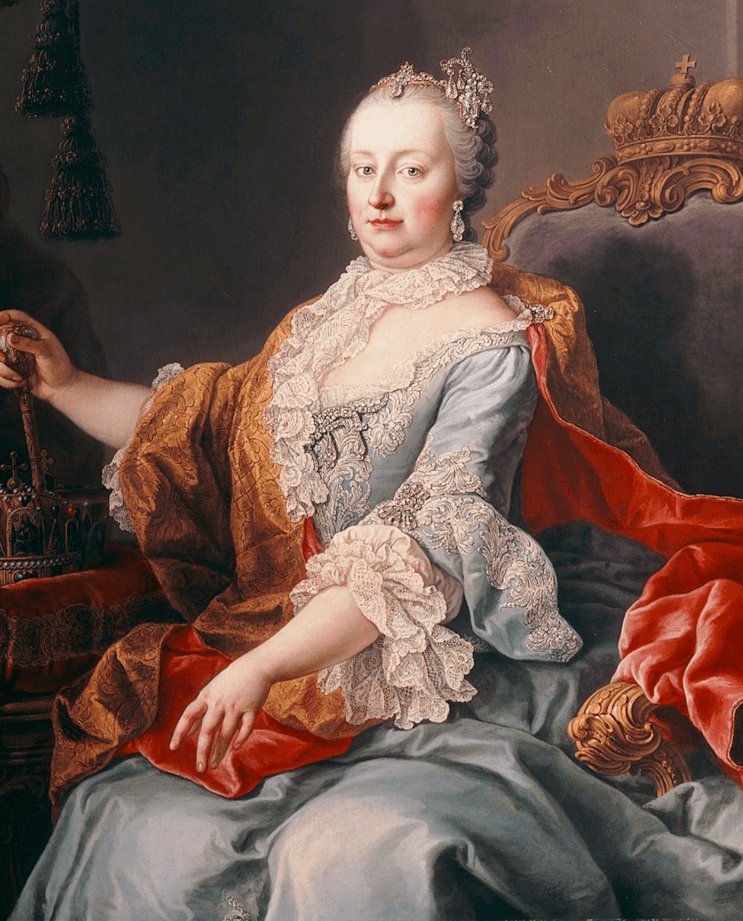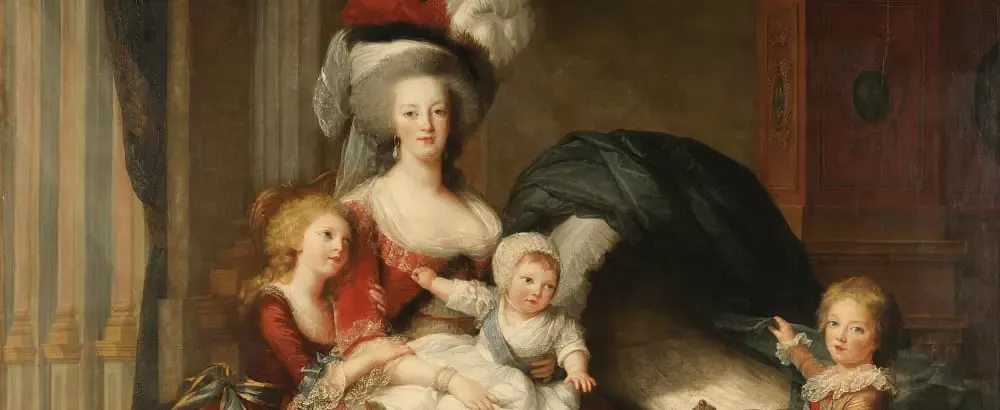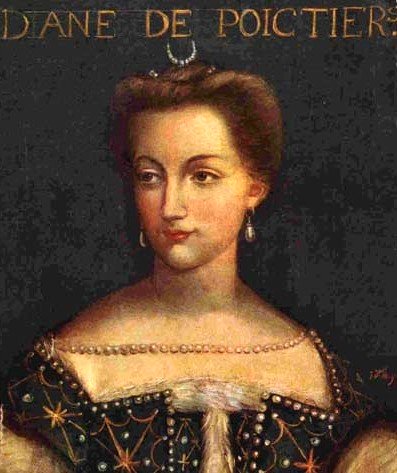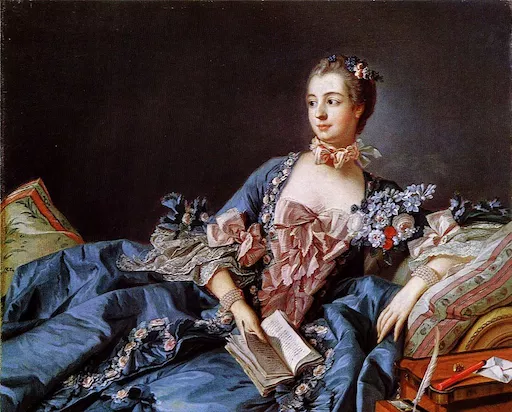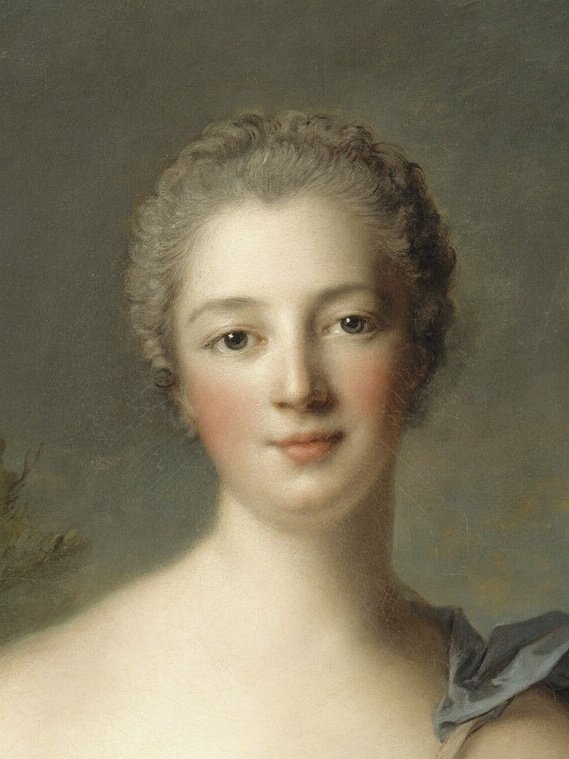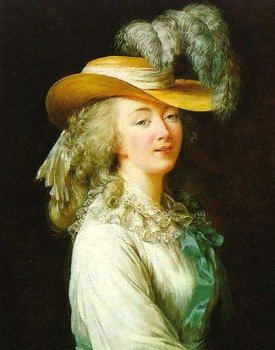Famous Palace Residents
Castles and palaces have long been the epicenter of European history, housing not only kings and queens but a diverse array of fascinating characters. Beyond the regal rulers, palaces have been home to servants, visitors, children, and even mistresses, each with their captivating stories. Let's dive into the lives of some famous Palace residents who have left an indelible mark on history.
DISCLOSURE: I get commissions for purchases made through some of the links in this article.
Kings and Queens: The Crowned Royalty
The kings and queens were the most important residents of royal castles, holding court and exercising their power over their kingdoms. Examples include King Louis XIV of France, known as the "Sun King," who lived in the luxurious Palace of Versailles, and Queen Elizabeth I of England, who is remembered for her strong leadership during the Elizabethan period. Royal castles, from the stunning fortresses of England to the magnificent palaces of France, were home to these notable figures.
Servants at the Palace: The Unsung Heroes
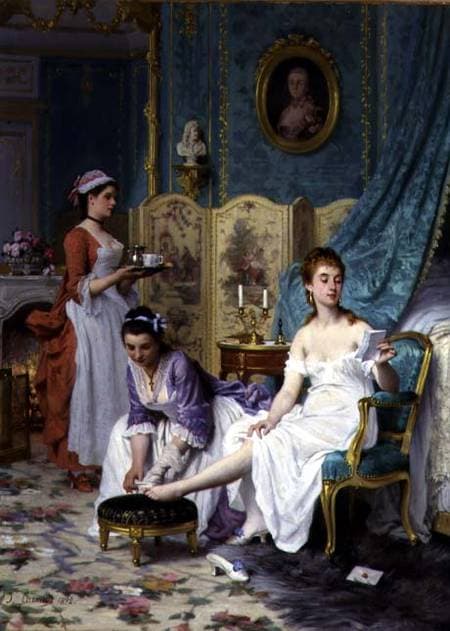
Behind the grandeur of royal life, a hidden world thrived – that of the dedicated servants. Often ignored by the upper class, they silently observed the intrigues and secrets that unfolded within the castle walls. Their proximity to the inner workings of the royal household provided them with a unique perspective, and many recorded their findings in fascinating letters and books.
The diaries and memoirs of Sarah Churchill, Duchess of Marlborough, reveal the inner workings of Queen Anne's court and the political and personal conflicts that shaped history.
Similarly, Pauline de Beaumont's letters document the excesses of the French court during the final years of the monarchy, while Irma Sztáray's correspondence offers a rare glimpse into Empress Elisabeth of Austria's inner world.
We know a lot about the daily life at Versailles Palace during its heydays through the accounts of the servants who worked there.
The extensive memoirs of French courtier, Duc de Saint-Simon, provide a detailed chronicle of life at the court of King Louis XIV, shedding light on relationships and power dynamics among the nobility in Versailles Palace.
For a period of 18 years, Madama de Campan was in service to Marie Antoinette. Her memoirs are a valuable source of information on the private life of the French royal court in the late 18th century.
It's always fascinating to gain a glimpse into the personal lives of royalty, and the accounts and memoirs of their servants offer valuable insights.
One highly prestigious and intimate position in the English and later British royal households during the Tudor and Stuart periods was 'The Groom of the Stool'
The role of the Groom of the Stool was to serve as the personal attendant to the king, specifically in matters related to the royal chamber pot.
This may seem like the least desirable job option available, this position granted close access to the monarch, leading to strong relationships and potential for dangerous influence in court politics. As a result, the most distinguished courtiers were often selected to fill this esteemed position.
As an Amazon Associate I earn from qualifying purchases
Children at the Palace: The Princes and Princesses
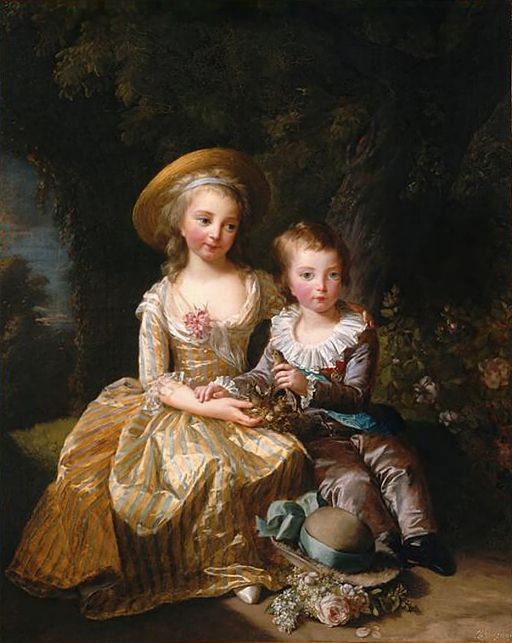
Growing up in a castle could be both a privilege and a burden for royal children.
For some, it was a sheltered life with strict etiquette and limited freedoms. However, for others, it was an opportunity to explore and learn from the finest tutors.
While the crown prince or princess was being prepared to take the throne, their siblings would often face a complicated situation involving expectations and aspirations.
The lives of these royal siblings were intertwined with the politics of the realm, as they were married off to foreign princes and princesses to secure alliances and maintain peace. Not all of these marriages were successful, and there have been many examples of total failure.
Louis XV of France’s daughters, also called the “Mesdames de France,” had trouble finding suitable marriage partners. Their marriages needed to be so carefully planned to benefit France's interests, that they ended up as unmarried princesses living in Versailes for their whole life.
The story of Marie Antoinette's children shows that things could even be worse. Political changes could result in the downfall of the entire family.
mistresses and secret lovers
Although it was expected for monarchs to maintain respectable marriages, many kings had powerful mistresses who held significant influence behind the scenes. These women, although not officially recognized, played a crucial role in shaping the course of history.
One such mistress was Diane de Poitiers, who captured the heart of King Henry II of France and wielded immense power over him, much to the dismay of his wife, Catherine de' Medici. Among the most famous mistresses were Madame de Pompadour and Madame du Barry.
Secret lovers were not limited to kings alone. In fact, the lovers of Russian tsarinas such as Catherine the Great and Alexandra Feodorovna had a profound impact on history. Despite being tumultuous and kept hidden, these relationships had a significant impact on the course of history.
Famous Palace Residents from overseas
Besides the usual crowd that lived in the European palaces, there were always many visitors from other kingdoms and countries. People who were considered exotic, interesting or useful could expect a warm welcome at the king's table.
Exiled colleagues could find refuge with their fellow-kings. The English King James II and his consort Mary of Modena lived at the court of King Louis XIV after the Glorious Revolution of 1688.
Leonardo da Vinci, who also needed to flee his homeland, spent his final years at the Château d'Amboise in France, under the patronage of King Francis I.
Famous artists and musicians were invited to perform at courts throughout Europe. Mozart was only six years old when he first performed for the Holy Roman Emperor, and Bach was 17 years old when he first performed for the Duke of Weimar.
Less famous artists also managed to get the Kings's attention sometimes, like Lola Montez, whose 'spiderdance' captivated the heart of King Ludwig I of Bavaria.
Some of the visitors did not arrive voluntarily.
Kwame and Kwasi, two African princes, were given as presents by the King of Ashanti to the Dutch stadholder, William V, and were brought to the Netherlands.
Charles, Duke of Orléans spent 25 years in England as a prisoner of war. The Tower of London was his initial place of captivity, and he was then transferred to other castles such as Windsor Castle and Wallingford Castle.
There were numerous "exotic" individuals residing in royal European palaces and castles, originating from various regions of the world. These famous palace residents brought along their unique cultures and customs, contributing to the cosmopolitan and diverse nature of the European courts.
